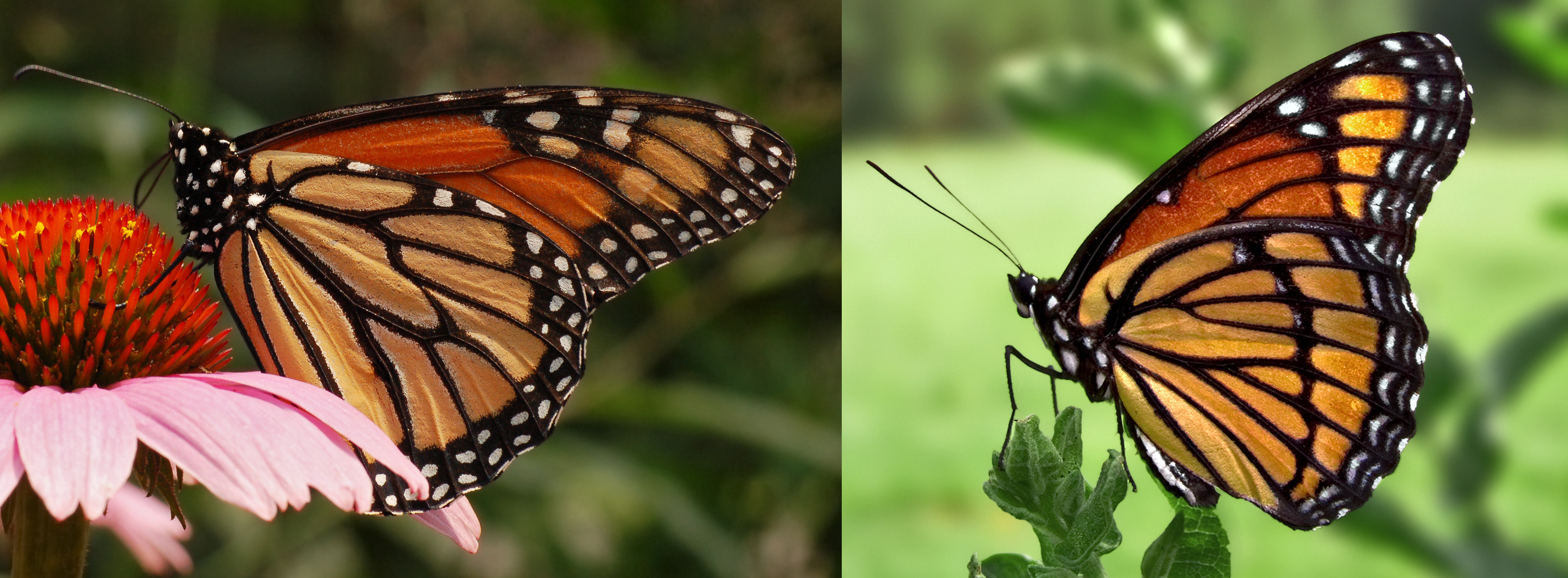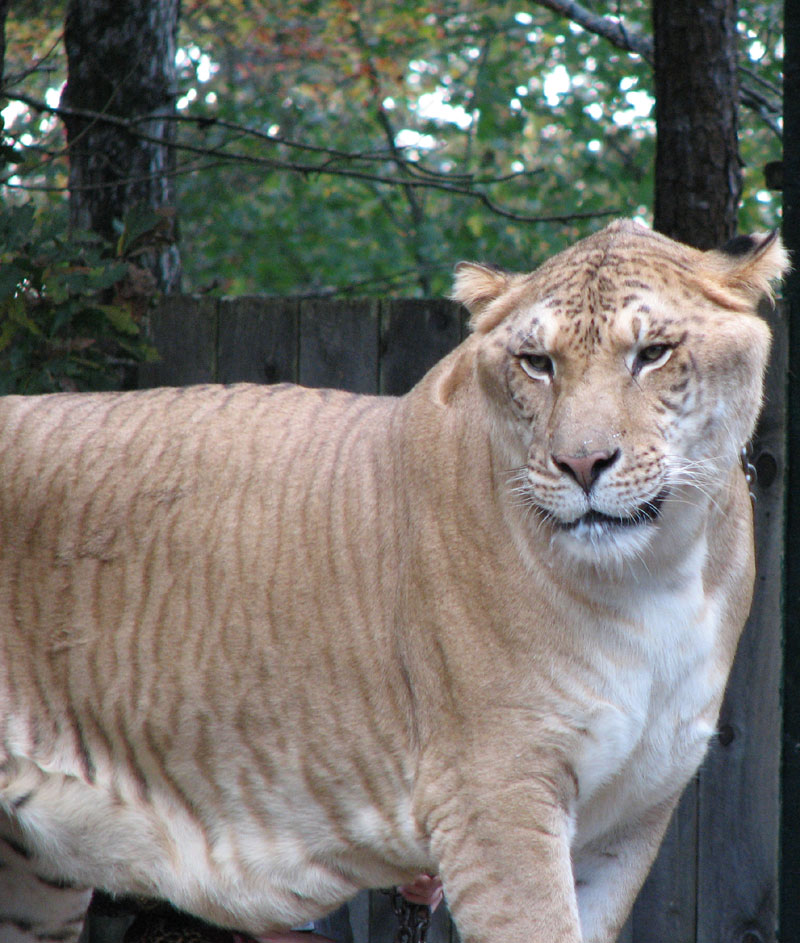|
Rubidus
The rubidus is a hybrid species of butterfly found in the eastern regions of North America. The rubidus is the offspring of a Viceroy and a white admiral or a red spotted purple, with hybridisation being more common in the latter as the viceroy and red spotted butterfly inhabit more common land. This hybrid can be manufactured in laboratory conditions by facilitating the interbreeding of the two butterfly species, but it can be also found in nature as their range overlaps which can lead to them breeding. It is not known whether the rubidus is fertile or sterile. If it is a fertile hybrid, it can breed with other hybrids and essentially create a new species similarly to the Appalachian tiger swallowtail which initially started as a hybrid between the Eastern tiger swallowtail and the Canadian tiger swallowtail ''Papilio canadensis'', the Canadian tiger swallowtail, is a species of butterfly in the family Papilionidae. It was once classified as a subspecies of '' Papilio g ... [...More Info...] [...Related Items...] OR: [Wikipedia] [Google] [Baidu] |
Hybrid (biology)
In biology, a hybrid is the offspring resulting from combining the qualities of two organisms of different breeds, varieties, species or genera through sexual reproduction. Hybrids are not always intermediates between their parents (such as in blending inheritance), but can show hybrid vigor, sometimes growing larger or taller than either parent. The concept of a hybrid is interpreted differently in animal and plant breeding, where there is interest in the individual parentage. In genetics, attention is focused on the numbers of chromosomes. In taxonomy, a key question is how closely related the parent species are. Species are reproductively isolated by strong barriers to hybridisation, which include genetic and morphological differences, differing times of fertility, mating behaviors and cues, and physiological rejection of sperm cells or the developing embryo. Some act before fertilization and others after it. Similar barriers exist in plants, with differences in flowering tim ... [...More Info...] [...Related Items...] OR: [Wikipedia] [Google] [Baidu] |
Butterfly
Butterflies are insects in the macrolepidopteran clade Rhopalocera from the Order (biology), order Lepidoptera, which also includes moths. Adult butterflies have large, often brightly coloured wings, and conspicuous, fluttering flight. The group comprises the large superfamily (zoology), superfamily Papilionoidea, which contains at least one former group, the skippers (formerly the superfamily "Hesperioidea"), and the most recent analyses suggest it also contains the moth-butterflies (formerly the superfamily "Hedyloidea"). Butterfly fossils date to the Paleocene, about 56 million years ago. Butterflies have a four-stage life cycle, as like most insects they undergo Holometabolism, complete metamorphosis. Winged adults lay eggs on the food plant on which their larvae, known as caterpillars, will feed. The caterpillars grow, sometimes very rapidly, and when fully developed, pupate in a chrysalis. When metamorphosis is complete, the pupal skin splits, the adult insect climbs o ... [...More Info...] [...Related Items...] OR: [Wikipedia] [Google] [Baidu] |
Limenitis Archippus
The viceroy (''Limenitis archippus'') is a North American butterfly. It was long thought to be a Batesian mimic of the monarch butterfly, but since the viceroy is also distasteful to predators, it is now considered a Müllerian mimic instead. The viceroy was named the state butterfly of Kentucky in 1990. Description Its wings feature an orange and black pattern, and over most of its range it is a Müllerian mimic with the monarch butterfly (''Danaus plexippus''). The viceroy's wingspan is between . cited at It can be distinguished from the monarch by its smaller size and the postmedian black line that runs across the veins on the hindwing. In Florida, Georgia, and the American Southwest, viceroys share the pattern of the queen (''Danaus gilippus'') and in Mexico they share the pattern of the soldier (''Danaus eresimus''). In all three areas, the local ''Danaus'' population mimic the coloration of the viceroy species. It was originally believed that the viceroy was a Batesi ... [...More Info...] [...Related Items...] OR: [Wikipedia] [Google] [Baidu] |
Limenitis Arthemis
''Limenitis arthemis,'' the red-spotted purple or white admiral, is a North American butterfly species in the cosmopolitan genus ''Limenitis''. It has been studied for its evolution of mimicry, and for the several stable hybrid wing patterns within this nominal species; it is one of the most dramatic examples of hybridization between non-mimetic and mimetic populations. ''Limenitis arthemis'' can be split into two major groups, mainly based on one physical characteristic: the presence of a white band along the wings. Individuals of the northern group, called white admirals, have a conspicuous white band that traverse both the dorsal and ventral surfaces of the wing, while those of the southern group, called red-spotted purples, lack that trait as they have evolved to mimic the poisonous pipevine swallowtail (''Battus philenor''). Due to overlap in distribution among the two major groups, intermediates are numerous as hybridization occurs frequently. Taxonomy and phylogenetic ... [...More Info...] [...Related Items...] OR: [Wikipedia] [Google] [Baidu] |
Interbreeding
In biology, a hybrid is the offspring resulting from combining the qualities of two organisms of different breeds, varieties, species or genera through sexual reproduction. Hybrids are not always intermediates between their parents (such as in blending inheritance), but can show hybrid vigor, sometimes growing larger or taller than either parent. The concept of a hybrid is interpreted differently in animal and plant breeding, where there is interest in the individual parentage. In genetics, attention is focused on the numbers of chromosomes. In taxonomy, a key question is how closely related the parent species are. Species are reproductively isolated by strong barriers to hybridisation, which include genetic and morphological differences, differing times of fertility, mating behaviors and cues, and physiological rejection of sperm cells or the developing embryo. Some act before fertilization and others after it. Similar barriers exist in plants, with differences in flowering tim ... [...More Info...] [...Related Items...] OR: [Wikipedia] [Google] [Baidu] |
Appalachian Tiger Swallowtail
''Papilio appalachiensis'', the Appalachian tiger swallowtail, is a species of swallowtail butterfly found in eastern North America, particularly in the Appalachian Mountains. It is a hybrid of another two ''Papilio'' species, ''Papilio canadensis'' and '' Papilio glaucus'', with which it shares many characteristics. The butterflies are normally yellow and contain black patterns in their wings. Their wingspans range from 86 to 115 mm. The caterpillars range in color from green and yellow to orange and are ornamented with black specks that give them the appearance of a bird dropping, which is useful for camouflage, or a large eye, a form of mimicry that is also efficient for protection. This species is univoltine. Females lay their eggs in May. Taxonomy ''Papilio appalachiensis'' is a member of the genus ''Papilio'' in the order Lepidoptera. ''P. appalachiensis'' is considered to be a hybrid of two other members of the genus ''Papilio'': ''Papilio canadensis'' and '' Pa ... [...More Info...] [...Related Items...] OR: [Wikipedia] [Google] [Baidu] |
Eastern Tiger Swallowtail
''Papilio glaucus'', the eastern tiger swallowtail, is a species of butterfly native to eastern North America. It is one of the most familiar butterflies in the eastern United States, ranging north to southern Ontario, Canada, and is common in many different habitats. It flies from spring until fall, during which it produces two to three broods. Adults feed on the nectar of many species of flowers, mostly from those of the families Apocynaceae, Asteraceae, and Fabaceae. ''P. glaucus'' has a wingspan measuring . The male is yellow with four black "tiger stripes" on each forewing. Females may be either yellow or black, making them dimorphic. The yellow morph is similar to the male, but with a conspicuous band of blue spots along the hindwing, while the dark morph is almost completely black. The green eggs are laid singly on plants of the families Magnoliaceae and Rosaceae. Young caterpillars are brown and white; older ones are green with two black, yellow, and blue eyespots on th ... [...More Info...] [...Related Items...] OR: [Wikipedia] [Google] [Baidu] |
Canadian Tiger Swallowtail
''Papilio canadensis'', the Canadian tiger swallowtail, is a species of butterfly in the family Papilionidae. It was once classified as a subspecies of '' Papilio glaucus''. Description Adult The wingspan of this species is 67 to 80 mm. It is very similar to the eastern tiger swallowtail, but has a noticeably smaller wingspan. Unlike it, the underside, yellow marginal band is continuous. The hindwing has many orange scales on both morphs. This species has also been known to hybridize with both the eastern and western tiger swallowtail, though extremely rarely. Caterpillar The caterpillar is large and green with an enlarged head. It has four yellow dots and two false eyes with bluish centers. In profile, this caterpillar appears snake-like. The immature larvae are brown and white to mimic bird droppings, making them unappealing to predators. Distribution This butterfly is found in most provinces and territories in Canada, as its name implies. Its range extends north of ... [...More Info...] [...Related Items...] OR: [Wikipedia] [Google] [Baidu] |
Limenitis
''Limenitis'' is a genus of brush-footed butterflies, commonly called the admirals. The sister butterflies (''Adelpha'') and commander butterflies (''Moduza ''Moduza'' is a genus of south-east Asian (Indomalayan realm) Nymphalidae, brush-footed butterflies commonly called the commanders. Species Listed alphabetically: Species Listed alphabetically within groups:[...More Info...] [...Related Items...] OR: [Wikipedia] [Google] [Baidu] |

_male_in_flight.jpg)






